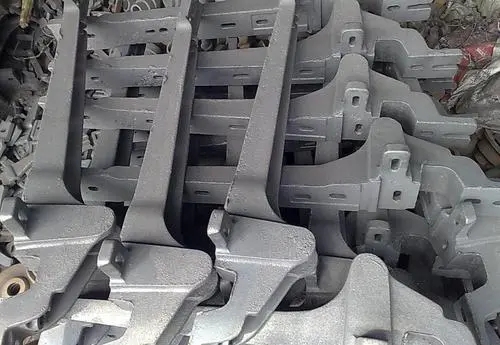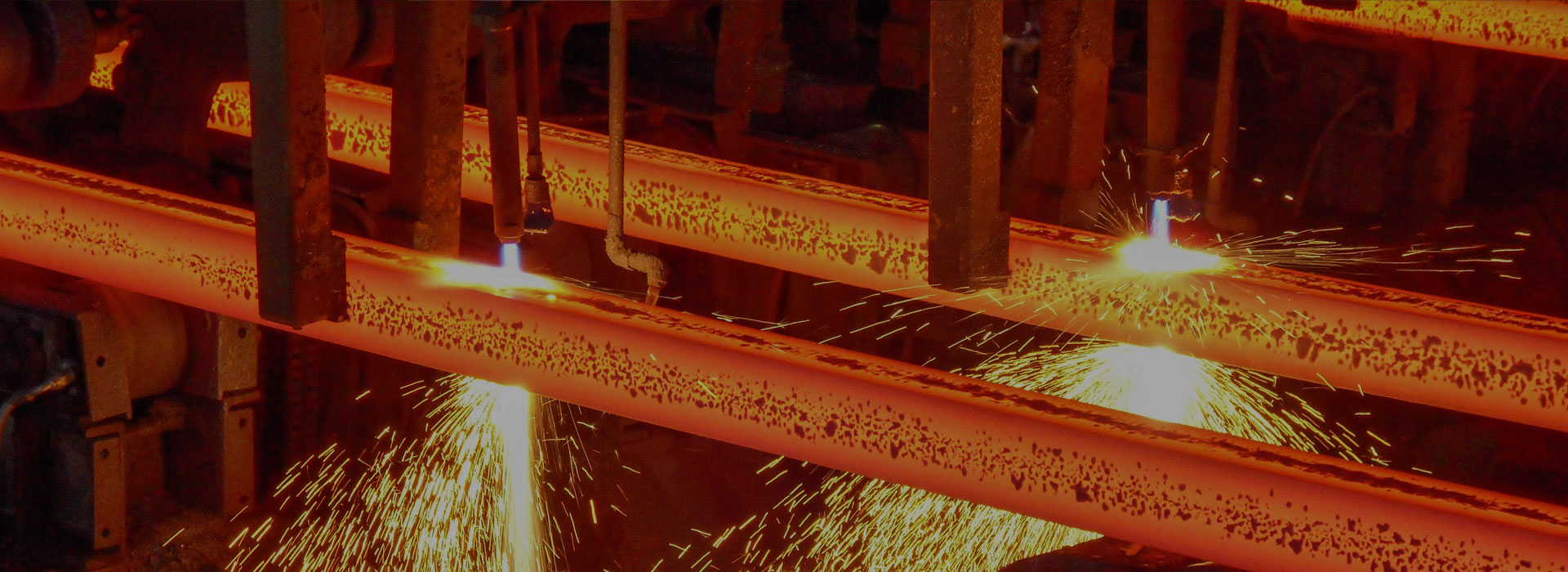The Differences Between Steel and Cast Iron
2023-08-25
Steel and cast iron are two commonly used materials in various industries and applications. While they may appear similar at first glance, there are several key differences between these two materials. This article will explore the differences between steel and cast iron in terms of their composition, properties, and uses.
Composition:
Steel is primarily composed of iron and carbon, with small amounts of other elements such as manganese, silicon, and phosphorus. The carbon content in steel typically ranges from 0.2% to 2.1%. On the other hand, cast iron contains a higher carbon content, usually between 2% and 4%, along with iron and other elements like silicon, manganese, and sulfur. The higher carbon content in cast iron gives it a higher melting point and makes it more brittle compared to steel.
Properties:
One of the main differences between steel and cast iron lies in their mechanical properties. Steel is known for its strength, toughness, and ductility. It can withstand high loads and is less prone to cracking or breaking under stress. Cast iron, on the other hand, is more brittle and prone to cracking. It is not as strong as steel but has excellent compression strength, making it suitable for applications that require high compressive loads.
Another notable difference is their heat conductivity. Steel has a higher thermal conductivity compared to cast iron, allowing it to transfer heat more efficiently. This property makes steel ideal for applications that require heat dissipation, such as in the construction of heat exchangers or cooking utensils. Cast iron, with its lower thermal conductivity, is better suited for applications that require heat retention, such as in the manufacturing of stoves or engine blocks.
Uses:
Due to their different properties, steel and cast iron find applications in various industries. Steel is widely used in construction, automotive, aerospace, and manufacturing industries. It is used to build bridges, buildings, pipelines, automobiles, and machinery, among other things. Cast iron, on the other hand, is commonly used in the production of engine blocks, pipes, cookware, and ornamental structures. Its ability to retain heat makes it ideal for cooking utensils like frying pans and Dutch ovens.
In conclusion, while steel and cast iron may share some similarities, they have distinct differences in terms of composition, properties, and uses. Steel is known for its strength, toughness, and heat conductivity, making it suitable for a wide range of applications. Cast iron, with its higher carbon content and excellent compression strength, is better suited for applications that require heat retention and high compressive loads. Understanding these differences can help in selecting the appropriate material for specific applications.




